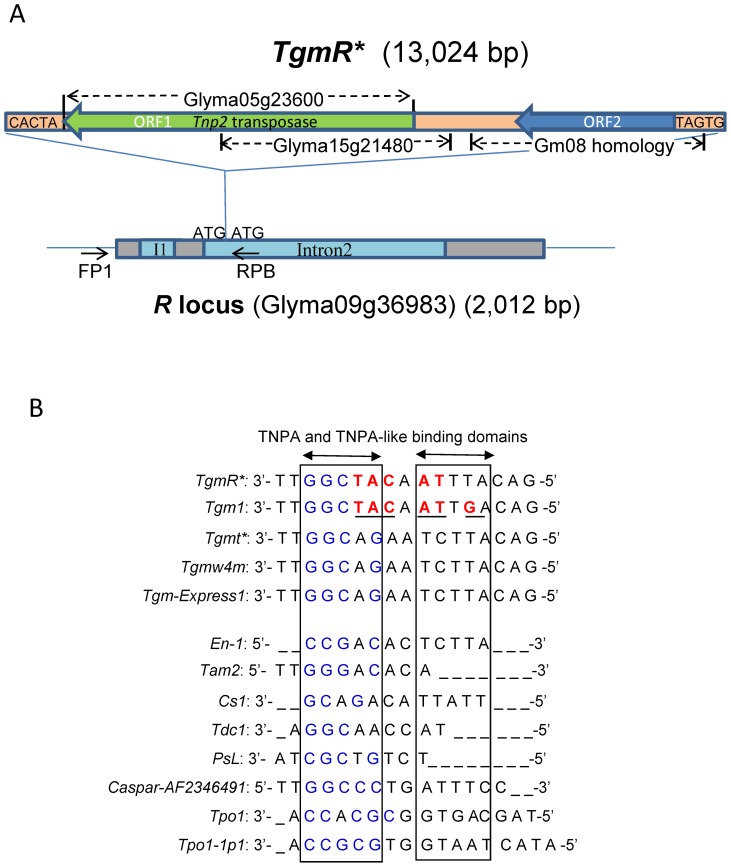Figure 3. The 13 kb CACTA Insertion, Designated TgmR*, and its Subterminal Repeats Within the rm and R* Alleles.
(A) Schematics of the CACTA transposon (TgmR*) insertion in Intron2 of the R locus encoding a R2R3 MYB transcription factor. The R locus gene, Glyma09g36983, depicted in gray (exons) and blue (introns) has a 13 kb CACTA transposon insertion 110 bp from the beginning of Intron2 in the R locus of both the variegated RM55-rm and the black-seeded revertant RM30-R* soybean isolines. The ATG duplication is shown at the site of insertion. The locations of the two primers used to amplify the 14 kb fragment containing the transposon insertion are depicted by the two small arrows, FP1 at the 5′ UTR and RPB in Intron2 near the insertion site. The 13 kb TgmR* transposon is a CACTA element based on the terminal ends sequences and the Tnp2 transposase it encodes. Both the location of the transposase and the end sequences are marked. Sequences of high homology to this transposase region were found in chromosomes Gm05 and Gm15 and the Glyma models predicted for the Williams 82 genome are indicated. Likewise, the 3′ end of TgmR* has high homology to a sequence in chromosome Gm08 and to Tgm1, another smaller CACTA element of the soybean. Green and blue arrows represent the putative ORF1 (Tnp2 transposase) and ORF2 respectively. (B) Alignment of multiple CACTA transposon subterminal repeated motifs. The consensus sequences of the TgmR* subterminal direct repeats were aligned to other CACTA consensus sequences from other Glycine max transposons (Tgm1, Tgmt*, Tgmw4m and Tgm-Express1) in addition to other subterminal repeats from CACTA transposons in other plants. Portions of the sequence domains for TNPA-like protein binding are boxed. One of these motifs are GC rich (left) and the second AT rich (right). Based on the similarities of these terminal repeat motifs, it is clear that TgmR* is more closely related to Tgm1 than to the other three characterized G. max transposons and all of the other CACTA transposon motifs in the lower panel.

